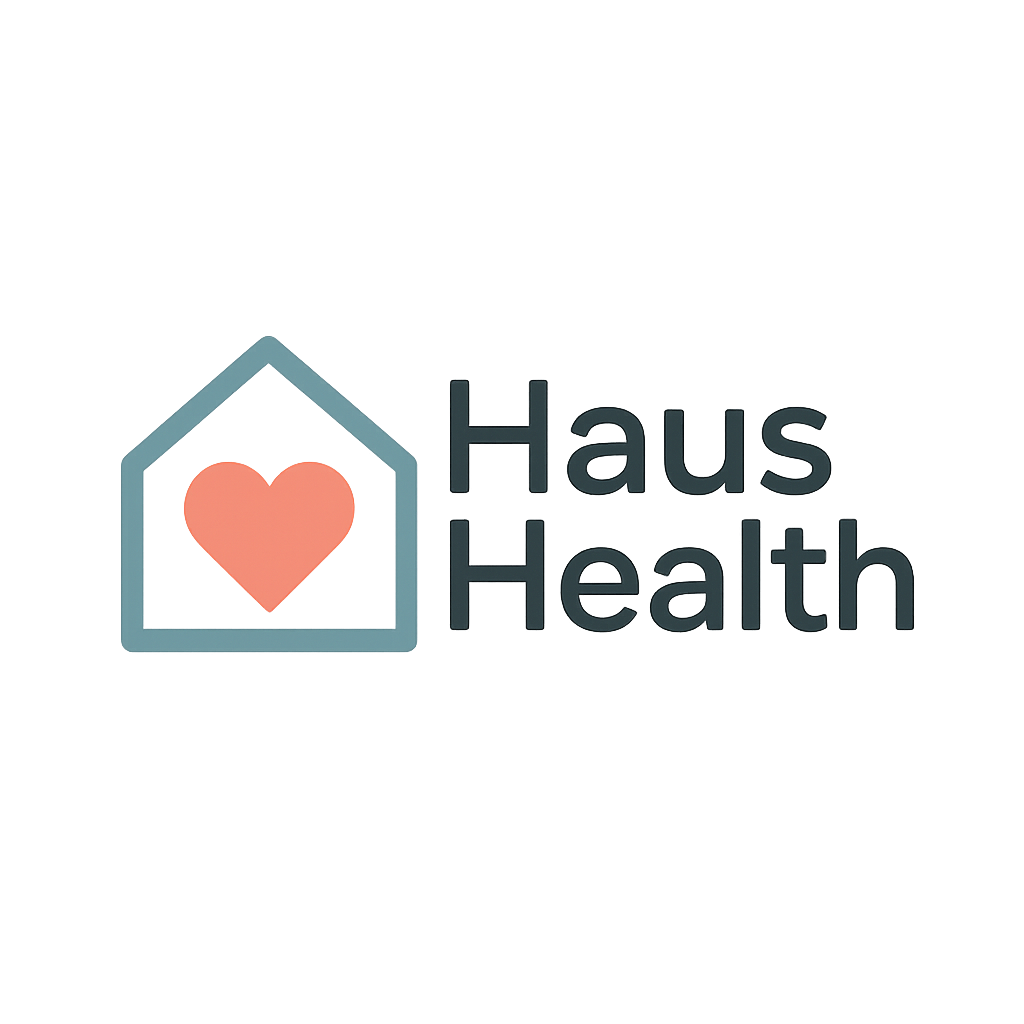When the Obvious Isn’t Obvious: How Cognitive Biases Shape Medical Diagnosis
Patient details have been changed to protect privacy.
A previously healthy man visited his primary care physician complaining of fatigue. Initial blood tests suggested possible cancer. Imaging studies revealed enlarged lymph nodes, and he was quickly admitted to the hospital to determine the type of cancer and start treatment.
But after several biopsies, no cancer was found. Despite this, his medical team remained convinced—ordering a fourth biopsy “just to be sure.”
A rheumatology consultation was eventually requested. His history, physical exam, and laboratory findings pointed instead to an autoimmune disease. After his fourth negative biopsy, treatment for his autoimmune condition was started—and within weeks, his fatigue, lab abnormalities, and lymph node enlargement nearly resolved.
When Good Doctors Make Wrong Turns
This case underscores a difficult truth in medicine: even well-trained, well-intentioned clinicians are prone to cognitive biases that can delay diagnosis or lead to unnecessary procedures.
Since the 1999 Institute of Medicine report estimated up to 98,000 preventable hospital deaths annually, diagnostic errors have been recognized as a major contributor to patient harm. A meta-analysis in BMJ Quality & Safety estimates that 5% of outpatient diagnoses are incorrect—about 12 million cases per year—and that up to 74% stem from cognitive errors rather than knowledge gaps or system flaws.
The Psychology of Misdiagnosis
In Thinking, Fast and Slow (a book that should be required reading for any physician), Nobel laureate Daniel Kahneman describes two systems of thinking:
System 1: fast, intuitive, and efficient—but prone to bias.
System 2: slower, analytical, and deliberate—but mentally effortful.
Most diagnostic errors arise when System 1 dominates—our brains take shortcuts that help us manage complexity but occasionally lead us astray.
Two such biases are especially common in clinical medicine:
1. Anchoring Bias
We “anchor” to an initial impression and fail to adjust even when new evidence emerges.
In this case, once the word “cancer” entered the conversation, every subsequent clinician framed their reasoning around confirming malignancy instead of reconsidering the premise.
2. Availability Bias
We estimate likelihood based on how easily examples come to mind.
A physician who recently saw an unusual lymphoma case may subconsciously over-assign that diagnosis to the next patient with similar findings.
A 1994 study on back pain showed how neurologists, rheumatologists, and neurosurgeons approached identical cases in completely different ways, each filtered by their specialty lens: “Neurosurgeons and neurologists are much more likely to order imaging studies, rheumatologists are much more likely to order laboratory tests, and physiatrists and neurologists are much more likely to order electromyograms.”
Specialty training can reinforce this bias—what Kahneman called WYSIATI (“what you see is all there is”).
How to Think Better
Biases can’t be eliminated—but awareness and structured reflection can reduce their impact.
Several strategies help:
Pause and Engage System 2.
Simply prompting clinicians to reflect on their reasoning improves diagnostic accuracy in complex cases.
Use Data and Probability.
Epidemiologic grounding—knowing that only ~5% of lymphadenopathy represents malignancy—helps recalibrate our instincts.
Emphasize Statistics in Training.
Studies in JAMA Internal Medicine show that even experienced physicians struggle with probabilistic reasoning. Better education can help.
Leverage Technology Thoughtfully.
Artificial Intelligence are being increasingly used to help physicians in evaluating complex patients, suggesting additional workup, and designing personalized treatments.
The Human Element
Even as algorithms evolve, medicine remains a human endeavor.
Only clinicians can integrate subtle cues—a patient’s hesitation, a hidden rash, a worried family member’s observation—into compassionate care.
Accurate diagnosis is essential, but so is what follows: listening, reassuring, and guiding patients through uncertainty. The best medicine, after all, still requires both a trained mind and a human heart.
At Haus Health Rheumatology, we’re committed to precision, compassion, and reflection—learning from every case to ensure that patients receive not just answers, but understanding.
